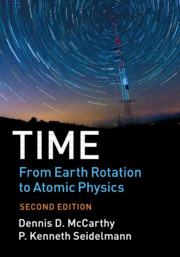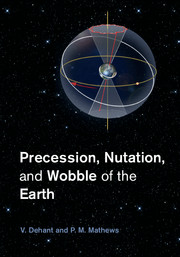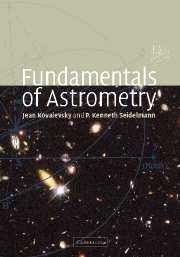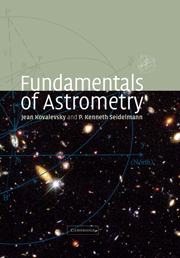Time: From Earth Rotation to Atomic Physics
In the twenty-first century, we take the means to measure time for granted, without contemplating the sophisticated concepts on which our time scales are based. This volume presents the evolution of concepts of time and methods of time keeping up to the present day. It outlines the progression of time based on sundials, water clocks, and the Earth's rotation, to time measurement using pendulum clocks, quartz crystal clocks, and atomic frequency standards. Time scales created as a result of these improvements in technology and the development of general and special relativity are explained. This second edition has been updated throughout to describe twentieth- and twenty-first-century advances and discusses the redefinition of SI units and the future of UTC. A new chapter on time and cosmology has been added. This broad-ranging reference benefits a diverse readership, including historians, scientists, engineers, educators, and it is accessible to general readers.
- Explains the history of the developments from Earth rotation to atomic physics for time measurement and the wide spread applications of time
- Details, theory, and equations are provided of Earth orientation sciences and the use of relativity in time scales
- Gives the latest progress in accurate time-keeping and explains the techniques used in atomic and optical clocks
Reviews & endorsements
'Why do we add 1 second to our clocks at midnight at the end of some years, or at the end of June in others? Why don't we subtract 1 second sometimes instead? … You will find the answers to these and many more questions in this excellent book, written by two experts who worked on the practical aspects of these topics at the US Naval Observatory … The second edition brings these subjects right up to date, and investigates the possible future developments in timekeeping.' L. V. Morrison, The Observatory
Product details
October 2018Hardback
9781107197282
400 pages
253 × 178 × 23 mm
0.95kg
Available
Table of Contents
- Preface
- 1. Time: pre-twentieth century
- 2. Solar time
- 3. Ephemerides
- 4. Variable Earth rotation
- 5. Earth orientation
- 6. Ephemeris time
- 7. Relativity and time
- 8. Time and cosmology
- 9. Dynamical and coordinate time scales
- 10. Clock developments
- 11. Microwave atomic clocks
- 12. Optical atomic standards
- 13. Definition and role of a second
- 14. International Atomic Time (TAI)
- 15. Coordinated Universal Time (UTC)
- 16. Time in the solar system
- 17. Time and frequency transfer
- 18. Modern Earth orientation
- 19. International activities
- 20. Time applications
- 21. Future of time keeping
- Acronyms
- Glossary.





